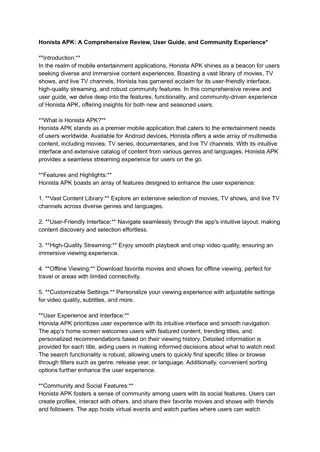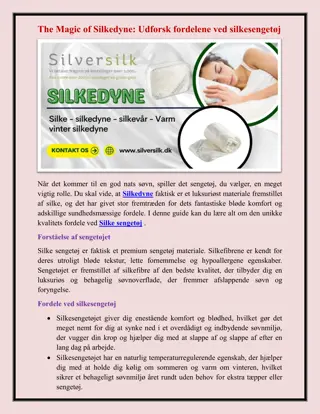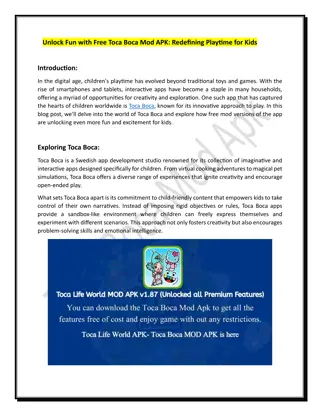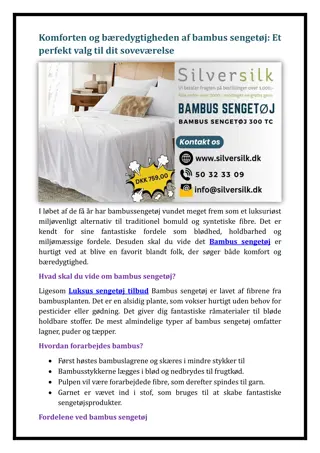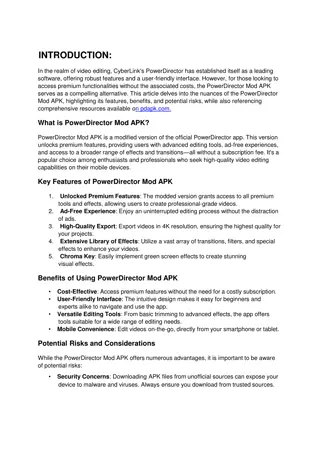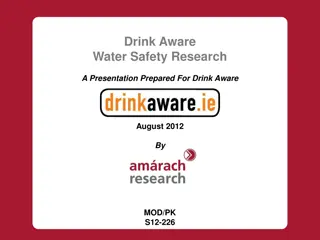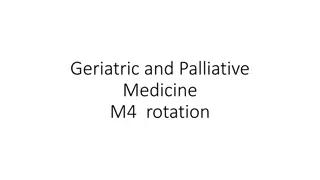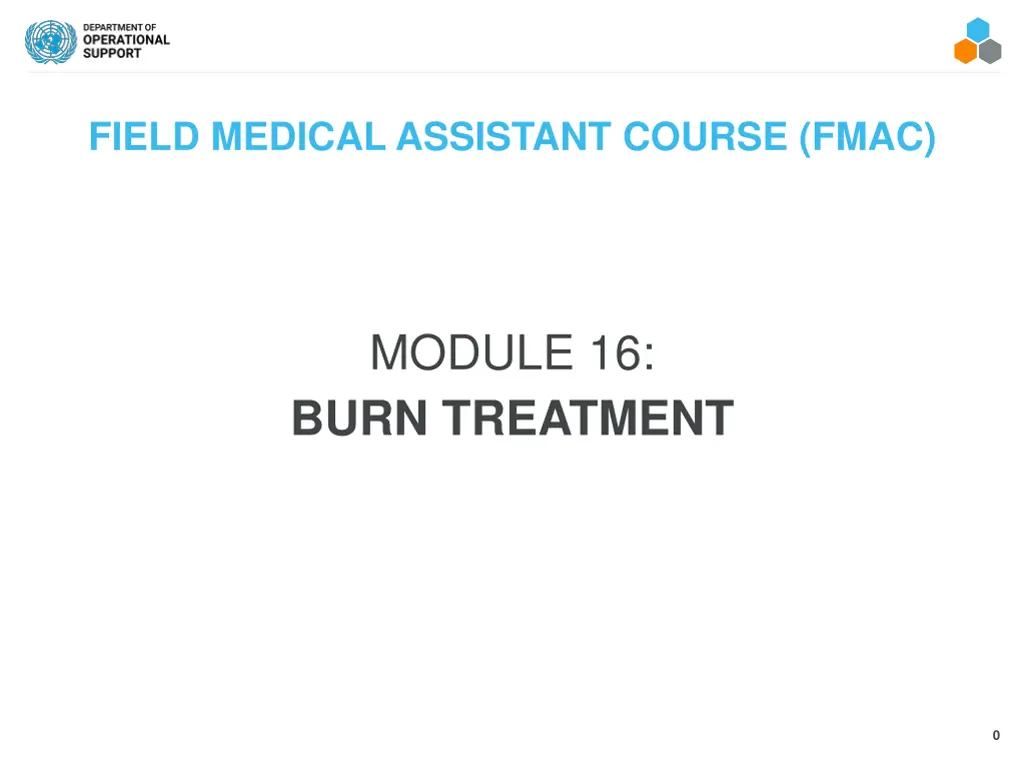
Tactical Field Medical Training: Burn Treatment Guidelines
Learn about burn treatment protocols in tactical field care and how to assess, categorize, and treat burns effectively. This comprehensive training module covers scene safety, severity identification, Rule of Nines, dressing application, heat loss prevention, and more. Enhance your skills for providing essential care in combat or peacekeeping scenarios.
Download Presentation

Please find below an Image/Link to download the presentation.
The content on the website is provided AS IS for your information and personal use only. It may not be sold, licensed, or shared on other websites without obtaining consent from the author. If you encounter any issues during the download, it is possible that the publisher has removed the file from their server.
You are allowed to download the files provided on this website for personal or commercial use, subject to the condition that they are used lawfully. All files are the property of their respective owners.
The content on the website is provided AS IS for your information and personal use only. It may not be sold, licensed, or shared on other websites without obtaining consent from the author.
E N D
Presentation Transcript
FIELD MEDICAL ASSISTANT COURSE (FMAC) MODULE 16: BURN TREATMENT 0
TACTICAL FIELD MEDICAL AID (TFMA) ROLE-BASED TRAINING SPECTRUM ROLE 1 CARE NONMEDICAL PERSONNEL Buddy First Aid Field Medical Assistant You are HERE MEDICAL PERSONNEL Paramedic Nurse Doctor 1
STUDENT LEARNING OBJECTIVES TERMINAL LEARNING OBJECTIVE T18 Given a combat peacekeeping or non-combat peacekeeping scenario, perform assessment and initial treatment of burns during Tactical Field Care in accordance with TFMA Guidelines EO81 Identify the specific scene safety issues and actions required of a trauma casualty with burns, before evaluation and care of the casualty EO82 Identify the severity of burn in accordance with the conventional burn classification EO83 Identify how to estimate the body surface area burned using the Rule of Nines EO84 Demonstrate the application of a dry dressing to a burn casualty in accordance with TFMA guidelines EO85 Demonstrate techniques used to prevent heat loss in a severe burn casualty in accordance with TFMA guidelines 2
Three PHASES of TFMA 1CARE UNDER FIRE 2TACTICAL FIELD CARE 3TACTICAL EVACUATION CARE RETURN FIRE AND TAKE COVER COVER AND CONCEALMENT Quick decision-making: Consider scene safety Identify and control life- threatening bleeding Move casualty to safety Basic Management Plan: Maintain tactical situational awareness Triage casualties as required MARCH PAWS assessment More deliberate assessment and treatment of unrecognized life- threatening injuries: Pre-evacuation procedures Continuation of documentation NOTE: This is covered in more advanced TFMA training! YOU ARE HERE 3
TACTICAL FIELD CARE MARCH PAWS DURING LIFE-THREATENING AFTER LIFE-THREATENING MASSIVE BLEEDING #1 Priority PAIN AIRWAY ANTIBIOTICS RESPIRATION WOUNDS CIRCULATION SPLINTING HYPOTHERMIA / HEAD INJURIES 4
BURN CARE FOLLOW MARCH PAWS Address ALL OTHER life-threatening injuries using the MARCH PAWS sequence All trauma treatments can be performed on or through burned skin Remember A burned trauma casualty is a trauma casualty first 5
BURN CARE POTENTIAL CAUSES FIREFIGHTS EXPLOSION (IED/VBIED) VEHICLE/ AIRCRAFT CRASHES 6
BURN CARE ELECTRICAL Secure the power, if possible; otherwise, remove the casualty from the electrical source using a nonconductive object, such as a wooden stick Move the casualty to a safe place IN CASE OF ELECTRICAL INJURY 7
BURN CARE THERMAL Stop the source of the burn Cut clothing around the burned area and gently lift away If clothing is stuck to the burn, ensure you cut around the clothing and leave it in place Be sure to avoid grabbing the burned area while moving/picking up the casualty IN CASE OF THERMAL INJURY 8
BURN CARE CHEMICAL EXAMPLE White phosphorus SOURCE Commonly found in tank rounds, mortar rounds, artillery rounds TREATMENTS Submerse the burned area in water Apply wet barrier (water-soaked gauze, clothing, mud, etc.) with an occlusive dressing Advise medical personnel immediately IN CASE OF CHEMICAL INJURY 9
BURNS OVERVIEW BURNS Video can be found on DeployedMedicine.com 10
BURN CARE SEVERITY OF BURN BURNS ARE CLASSIFIED BY THE DEPTH OF THE WOUND FULL THICKNESS 3RD-DEGREE BURNS may appear dry, stiff, and leathery, and/or can also be white, brown, or black SUPERFICIAL 1ST-DEGREE BURNS are just like a sunburn, with a reddened appearance of the skin PARTIAL THICKNESS 2ND-DEGREE BURNS will also have blisters 11
BURN ESTIMATION RULE OF NINES Rule of Nines 11 areas that each have 9% body surface area (head, arms, front and backs of legs, and front and back of the torso having TWO9% areas) Palm size represents ~1% Estimate/round up to nearest 10 If half of the front or rear area is burned, the area would be half of the area value ESTIMATION EXAMPLE Half of the front upper/lower leg is 4.5% Half of the front upper/lower torso is 9% 12
BURN CARE BURN CARE COVER burns from white phosphorus with wet dressings REMOVE watches and jewelry from burned area COVER the burn area with dry, sterile dressings 13
BURN MANAGEMENT BURN CARE + HYPOTHERMIA PREVENTION Passive Warming Supplies Facial Burns Facial burns, especially those that occur in closed spaces, may be associated with inhalation injury These casualties should be monitored closely for potential airway issues DO NOT place NPA in casualty with signs of inhalation burns Burn patients are particularly susceptible to hypothermia Extra emphasis should be placed on barrier heat loss prevention methods For extensive burns (>20%), consider using active warming supplies to cover the burned areas and prevent hypothermia 14
SKILL STATION Burn Treatment (Skill) Burn dressing 15
SUMMARY We discussed treatment priorities We discussed potential causes of burns We identified electrical burns We identified thermal burns We identified chemical burns We discussed the Rule of Nines We discussed burns and hypothermia We discussed the prevention of hypothermia 16
CHECK ON LEARNING What kind of dressing should be placed on burned areas? What should you do first when you encounter a casualty with an electrical burn? What should you do first when you encounter a casualty with a thermal burn? 17

